Filter by
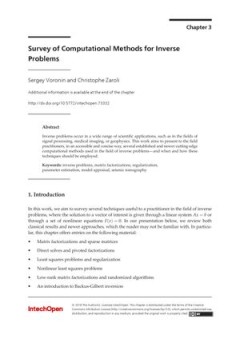
Survey of Computational Methods for Inverse Problems
Inverse problems occur in a wide range of scientific applications, such as in the fields of signal processing, medical imaging, or geophysics. This work aims to present to the field practitioners, in an accessible and concise way, several established and newer cutting-edge computational methods used in the field of inverse problems—and when and how these techniques should be employed.
- Edition
- -
- ISBN/ISSN
- 9781789231922
- Collation
- -
- Series Title
- -
- Call Number
- -
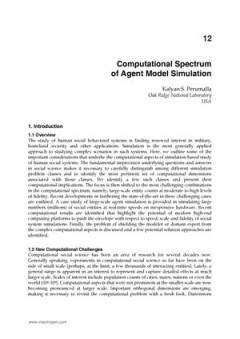
Computational Spectrum of Agent Model Simulation
Computational Spectrum of Agent Model Simulation
- Edition
- -
- ISBN/ISSN
- 9789533070551
- Collation
- -
- Series Title
- -
- Call Number
- -

Applications of Soft Computing in Engineering Problems
Applications of Soft Computing in Engineering Problems
- Edition
- -
- ISBN/ISSN
- 9789533070483
- Collation
- -
- Series Title
- -
- Call Number
- -
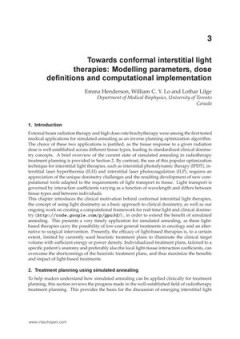
Towards Conformal interstitial Light Therapies
Towards Conformal Interstitial Light Therapies: Modelling Parameters, Dose Definitions and Computational Implementation
- Edition
- -
- ISBN/ISSN
- 9789533071343
- Collation
- -
- Series Title
- -
- Call Number
- -
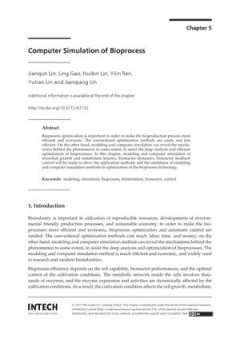
Computer Simulation of Bioprocess
Bioprocess optimization is important in order to make the bioproduction process more efficient and economic. The conventional optimization methods are costly and less efficient. On the other hand, modeling and computer simulation can reveal the mechanisms behind the phenomenon to some extent, to assist the deep analysis and efficient optimization of bioprocesses. In this chapter, modeling and c…
- Edition
- -
- ISBN/ISSN
- 9789535132059
- Collation
- -
- Series Title
- -
- Call Number
- -
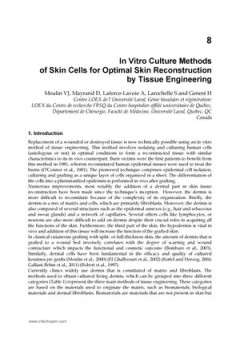
Computational Fluid Dynamics Simulations
Computational Fluid Dynamics Simulations: an Approach to Evaluate Cardiovascular Dysfunction
- Edition
- -
- ISBN/ISSN
- 9789533070483
- Collation
- -
- Series Title
- -
- Call Number
- -

Statistical Thinking for the 21st Century
Statistical thinking is a way of understanding a complex world by describing it in relatively simple terms that nonetheless capture essential aspects of its structure, and that also provide us some idea of how uncertain we are about our knowledge. The foundations of statistical thinking come primarily from mathematics and statistics, but also from computer science, psychology, and other fields …
- Edition
- -
- ISBN/ISSN
- -
- Collation
- -
- Series Title
- -
- Call Number
- 500
 Computer Science, Information & General Works
Computer Science, Information & General Works  Philosophy & Psychology
Philosophy & Psychology  Religion
Religion  Social Sciences
Social Sciences  Language
Language  Pure Science
Pure Science  Applied Sciences
Applied Sciences  Art & Recreation
Art & Recreation  Literature
Literature  History & Geography
History & Geography